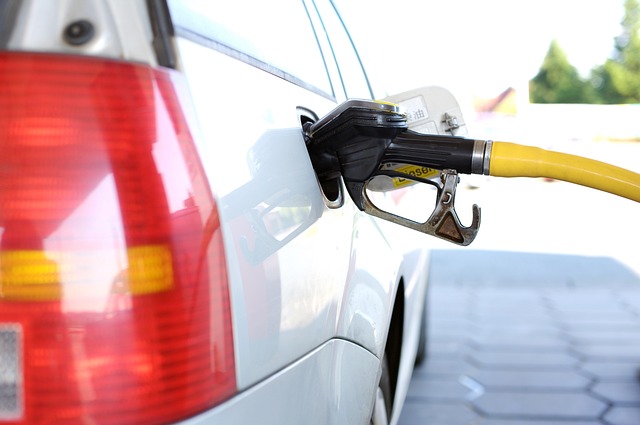Timothy Albrite
As we continue the series on cost-efficient vehicle operations, let’s explore some practical tips to cut costs while at it.
These tips will help you keep your fuel costs and car maintenance expenses in check.
Adopting a smoother driving style can help you save a lot of money on fuel and car maintenance. Instead of driving like a speed racer and accelerating and braking aggressively, opt for a more leisurely pace and maintain a steady speed.
A common habit of many drivers is waiting until they are at a tailgating distance to brake hard then swing out, push the accelerator pedal hard to high RPMs and when they fail to complete the overtake because of oncoming traffic, it forces them back, which means they have to have another go at it and another.
This cycle of aggressive driving followed by abrupt stops not only consumes more fuel but also increases wear and tear on the vehicle. Instead of succumbing to the temptation of tailgating and aggressive driving, adopting a more patient and strategic approach can yield significant benefits.
Maintaining a safe following distance allows for smoother, more gradual braking and acceleration. This not only conserves fuel but also reduces wear and tear on your vehicle and makes your journey more relaxed.
Anticipating the road ahead is crucial. Plan your maneuvers ahead of time and maintain a steady speed. This not only conserves fuel but also makes the roads safer for you and other drivers.
Shedding unnecessary weight can lighten both your vehicle’s load and your financial burden. Clear out any unnecessary items from your car before hitting the road. Every extra kilogram in your car increases fuel consumption, so be mindful of the weight you carry.
Simple adjustments like closing windows to reduce drag, ensuring tires are properly inflated, and removing non-functional accessories can also make a significant difference in fuel efficiency.
Planning your trips before you hit the road can help you optimize routes and consolidate errands, minimizing unnecessary mileage. Combining multiple tasks into one outing maximizes efficiency, reduces fuel consumption, and saves you money.
Regular maintenance of your vehicle can also help you save on costs in the long run. Regular oil changes, tune-ups, and filter replacements can help improve fuel efficiency and reduce wear and tear on the engine.
It is also important to keep an eye on your speed, as driving at high speeds can consume more fuel. Stick to the speed limit and avoid unnecessary idling.
Finally, the ultimate cost-saving measure is to drive only when necessary.Embrace alternative modes of transportation like walking, cycling, or carpooling whenever feasible.
Not only does this reduce fuel expenses, but it also benefits the environment by lowering carbon emissions.
